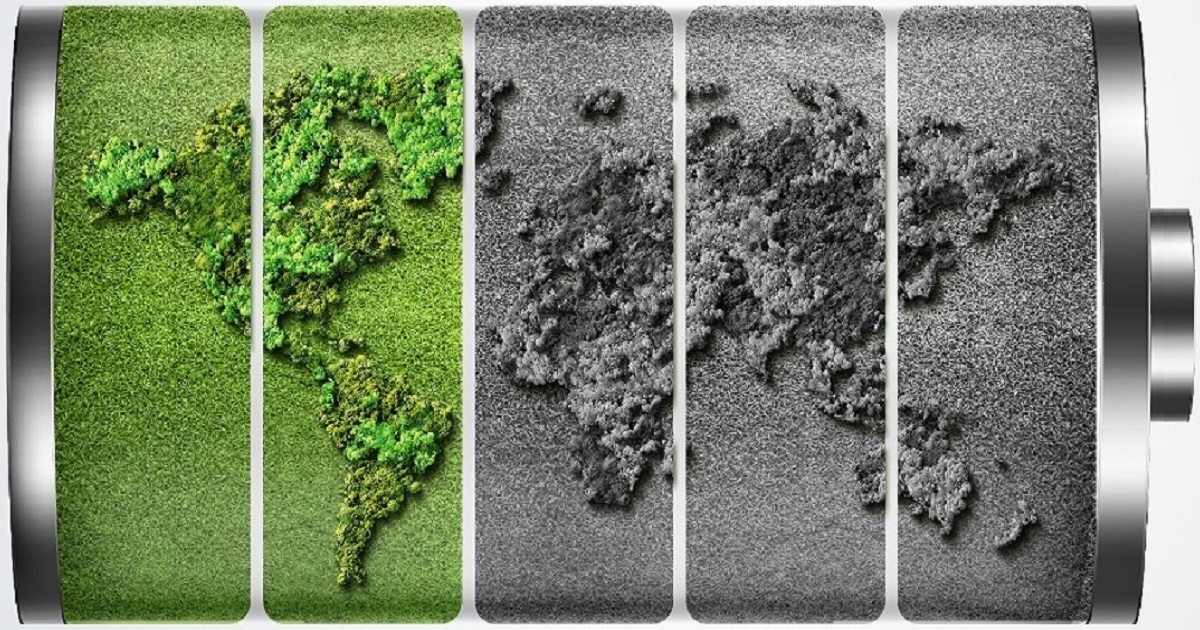Development of Sustainable Battery Materials
A special issue of Materials (ISSN 1996-1944). This special issue belongs to the section "Materials Physics".
Deadline for manuscript submissions: closed (30 September 2023) | Viewed by 4111

Special Issue Editors
Interests: Li-ion; cathode materials; structural caracterisations; operando; oxides
Interests: batteries; electrochemical storage; lithium-ion; sodium-ion; alternative chemistries; solid electrolyte; cathode and anode materials; process; battery design
Interests: batteries; electrochemical storage; lithium-ion; sodium-ion; magnesium-ion; modelling; material synthesis; nanomaterials
Special Issue Information
Dear Colleagues,
With the fast development of electric mobility and the huge increase in lithium-ion battery production volumes, there is a significant challenge relative to the introduction of sustainable batteries.
In that scope, key issues are concerning lowering the impact of the transition metals of the current LiB positive electrode or other critical raw materials, improving the efficiency and lowering the environmental impact of manufacturing processes, innovating with eco-design of the battery cells and packs and ensuring an efficient recycling of the new technologies but also introducing new battery chemistries non relying on lithium like Na-Ion, K-Ion, other M-Ion, Redox-Flow Batteries....
To go more in details, this Special Issue will focus on the specific points listed below:
- Reducing the cobalt content of the current major cathode material of LiB (NMC),
- Proposing competing low cost alternative cathode materials to the conventional lamellar oxides,
- More globally, reducing the dependency of LiB to critical raw materials,
- Introducing or developing efficient and low environmental impact synthesis processes of active materials and manufacturing processes of cells and batteries,
- Proposing Sustainable Alternative Battery technologies,
- Innovative battery recycling processes,
- Life Cycle Analysis of Sustainable Batteries
This Special Issue will cover all the battery value chain from the raw materials, precursors, active materials, electrolytes, separators, current collectors, cells and battery packs.
Articles discussing investigations and developments including modeling and advanced characterization related to all these points are welcome for this feature.
It is our pleasure to invite you to submit a manuscript for this Special Issue. Full papers, communications and reviews are welcome.
Dr. Jean François Colin
Dr. Sebastien Patoux
Dr. Sebastien Martinet
Guest Editors
Manuscript Submission Information
Manuscripts should be submitted online at www.mdpi.com by registering and logging in to this website. Once you are registered, click here to go to the submission form. Manuscripts can be submitted until the deadline. All submissions that pass pre-check are peer-reviewed. Accepted papers will be published continuously in the journal (as soon as accepted) and will be listed together on the special issue website. Research articles, review articles as well as short communications are invited. For planned papers, a title and short abstract (about 100 words) can be sent to the Editorial Office for announcement on this website.
Submitted manuscripts should not have been published previously, nor be under consideration for publication elsewhere (except conference proceedings papers). All manuscripts are thoroughly refereed through a single-blind peer-review process. A guide for authors and other relevant information for submission of manuscripts is available on the Instructions for Authors page. Materials is an international peer-reviewed open access semimonthly journal published by MDPI.
Please visit the Instructions for Authors page before submitting a manuscript. The Article Processing Charge (APC) for publication in this open access journal is 2600 CHF (Swiss Francs). Submitted papers should be well formatted and use good English. Authors may use MDPI's English editing service prior to publication or during author revisions.
Keywords
- Li-ion
- post Li-ion
- sustainability
- eco-design
- materials
Benefits of Publishing in a Special Issue
- Ease of navigation: Grouping papers by topic helps scholars navigate broad scope journals more efficiently.
- Greater discoverability: Special Issues support the reach and impact of scientific research. Articles in Special Issues are more discoverable and cited more frequently.
- Expansion of research network: Special Issues facilitate connections among authors, fostering scientific collaborations.
- External promotion: Articles in Special Issues are often promoted through the journal's social media, increasing their visibility.
- Reprint: MDPI Books provides the opportunity to republish successful Special Issues in book format, both online and in print.
Further information on MDPI's Special Issue policies can be found here.








